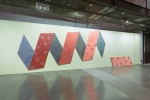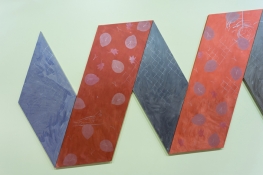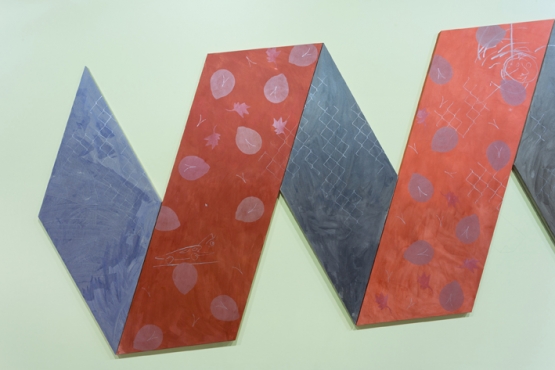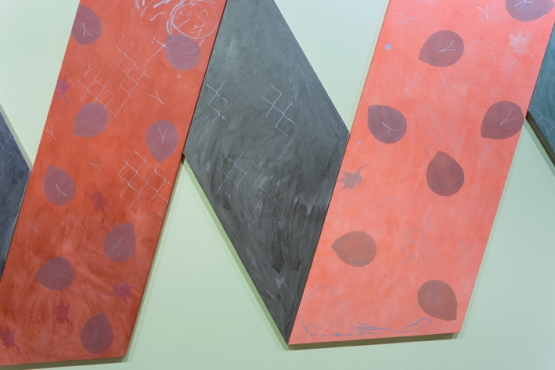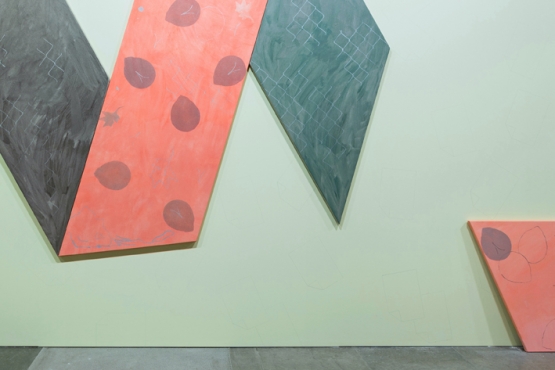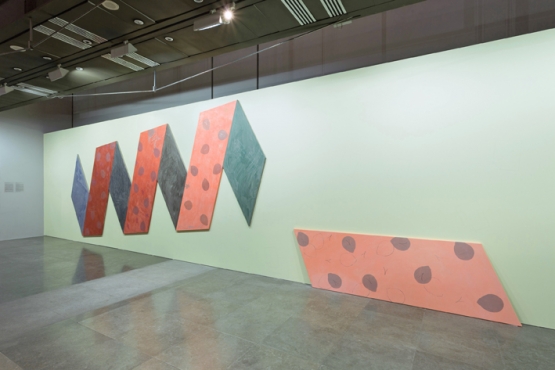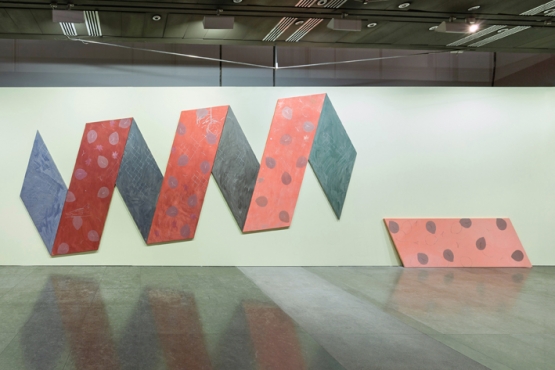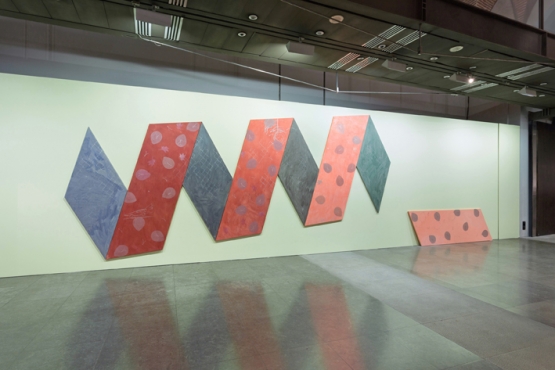Progress
In the book Painting Now, published earlier this year by Thames & Hudson, Suzanne Hudson states that “Painting is a continually expanding and evolving medium. The radical changes that have taken place since the 1960s and 1970s – the period that saw the shift from a modernist to a postmodernist visual language – have led to its reinvigoration as a practice, lending it an energy and diversity that persists today.” A look back at the many catastrophic moments that have threatened painting in the past, and its historical struggle to survive in the face of challenges from other media that seemed to herald its potential collapse and demise, inevitably suggests to us the idea of progress. It was not painting that died; rather, what perished were the rigid diktats of what painting was or should be, and what the role of the artist was or should be.
In 1839 the emergence of the daguerreotype prompted the French painter Paul Delaroche to utter the immortal words “From today, painting is dead”, based on the notion of painting as the mimicking of reality. In the 1960s Ad Reinhardt claimed to be painting the last paintings that anyone could ever make. Lastly, Arthur C. Danto decided to declare “The End of Art”, but what appeared to be a final blow on many different levels turned out to be nothing more than a turning point for a (re)interpretation of art, with the focus now on the narrative of art itself and a definitive change of direction away from the paradigm of art that Vasari helped to establish during the Renaissance. This opened up new possibilities. The Turner Prize, which was founded in 1984, began by recognising the work of painters. Almost two centuries after Delaroche, we are still seeing the emergence of countless artists across the world who are choosing painting as their preferred form of artistic expression.
Progress suggests the idea of “advancement”. This forward movement, which in philosophical terms conveys a march towards development, an evolutionary change, was particularly evident in the 20th century, especially in relation to the modernist approach that was espoused as a way of standing apart from that which was considered to be outmoded. While today the concept of Progress may have the hint of something slightly retrograde about it, at its core is an attitude of openness and acceptance towards what is to come.
Ana Cardoso works with painting not only as a medium and a technique, but as a post-medium. Her activity goes beyond the mere moment of painting, extending to the exploration of the parts that make up the painting, in particular the process of considering each element - technique, support and material - individually as equal parts in the process.
The work presented at the MNAC is an 8-part panel, that is integrated into the wall through the relationships that it sets up through colours and the drawn elements.
The panel is made up of 8 canvases, 4 in the form of a parallelogram with tones that range from salmon to iron-red and 4 in a diamond shape in another range of colours that range from a greyish purple to a malachite grey. The rectangular wall on which the panel is installed is painted in colours similar to those used in the elements of the panel, and thus forms an integral part of the painting itself, serving as a base that incorporates the other geometrical elements. The sides of the diamonds are half the length of the long sides of the parallelograms and are placed in such a way that they alternate, creating an interplay of diagonal lines, so that the last element can be separated from the rest of its set. The purpose of this sequence is to create the illusion of both sides of a ribbon unravelling across the wall, covering most of the surface and thus exemplifying Ellsworth Kelly’s saying, “The negative is just as important as the positive”.
The canvases are worked on in a modular and autonomous way, emphasising the monochrome, geometrical shapes and abstraction that characterise the artist’s work. Another recurrent feature of Ana Cardoso’s work is also present here: the way in which the established pattern is interrupted by an element that breaks with the sequence and sets itself apart, as though initiating a new work. Of course, multiple elements are required to form an image, but each canvas is an independent painting, and they can be reconfigured and reinstalled so as to create a new set-up, a new piece. The fine lines of the drawing connect the different elements, evoking networks, web pages and other such connotations, and only when we are close to them do we see the subtle detail of a narrative.
In the words of Ana Cardoso, “I see each painting as a component in an infinite proposition, making painting a continuous process.” This multidisciplinary approach broadens the field of painting and its relationship with history, as each new attempt can be seen as a step towards “instigating progress”.
Adelaide Ginga
